
One of my best friends is Korean-American. When we were roommates in college, at my request, she used to make me Japchae on my birthday. It's a flavorful dish of fresh veggies and marinated beef, all twirled around "glass noodles" made from sweet potato starch. More subtle than it's Chinese dish counterparts, I simply love japchae for its harmony and fresh flavors. Although you can make it as "saucy" as you like, it's typically lighter on the sauce, to let the flavors of veggies and beef really shine through. mmmmmm!
Disclaimer: Please note that some of the links below are affiliate links and I will earn a commission if you purchase through those links. I only link to products and retailers that I have personally used and recommend.
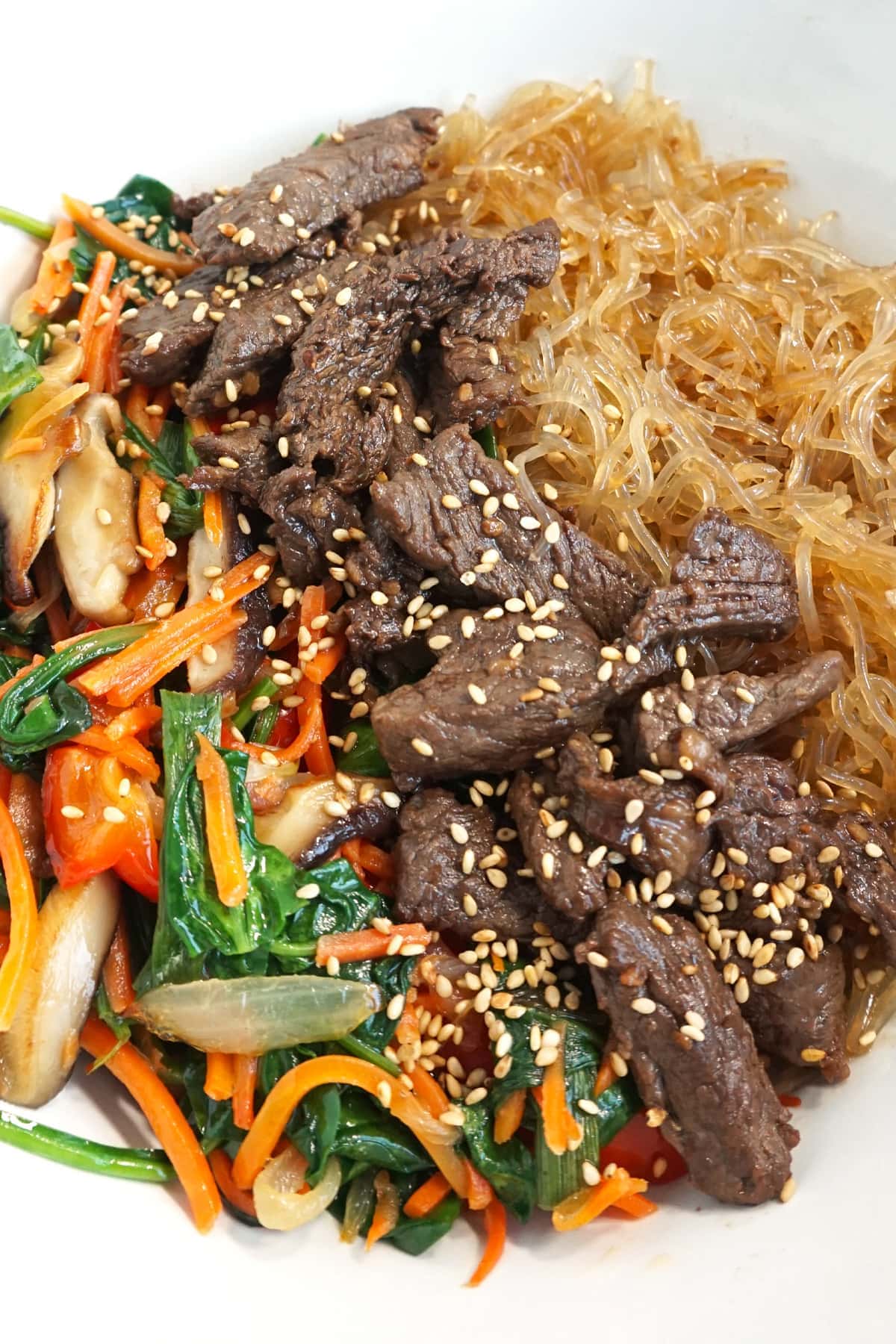
Since I switched to a low carb diet, these types of noodle dishes have been off the menu. It's been a long time since I've had it! However, I recently discovered a way to soften kelp noodles, which resemble glass noodles. Yeeesssss! I immediately thought of japchae! So I set off to recreate a low carb version, and here it is. 🙂 It turned out beautifully.
What is Japchae?
Japchae is a traditional dish in Korea, usually made on holidays or special occasions. It's a popular dish for birthdays, weddings and parties. In Korean, the word japchae means "mixed vegetables" (jap = mixed; chae = vegetables). It can be served as a side dish or a main course, and can be served either hot or cold.
I will admit that I did take a bit of a shortcut when it comes to the amount of steps to prepare this dish. There are many ways to prepare it, depending on who you talk to, but I chose the most straight forward method. For example, some people blanch the spinach and then squeeze out the water, whereas I just threw it in with the rest of the veggies and let it wilt. Some people marinate the veggies as well, whereas I did not. Some people make a sauce that is separate from the beef marinade (but contains almost all the same ingredients), whereas I just used the marinade as the sauce. All in all, I was able to cut down on some of the steps to save time, yet still kept the most important elements. It turned out splendidly.
Metal Chopsticks?
Fun fact! Koreans favor the use of metal chopsticks. They are more hygienic, easier to clean, they last longer (much like western silverware, they could last a lifetime if properly taken care of), plus they come in handy when making Korean BBQ for picking up hot pieces of meat from the grill. The chopsticks are usually flat, like western silverware, instead of round. But there is a catch: I find them to be very difficult to eat with because they are thin, heavy, and the metal is more slippery than wood. Advanced chopstick users only! But if you are confident in your chopsticking skills, you might consider getting yourself a pair of Korean chopsticks to go along with your silverware set.
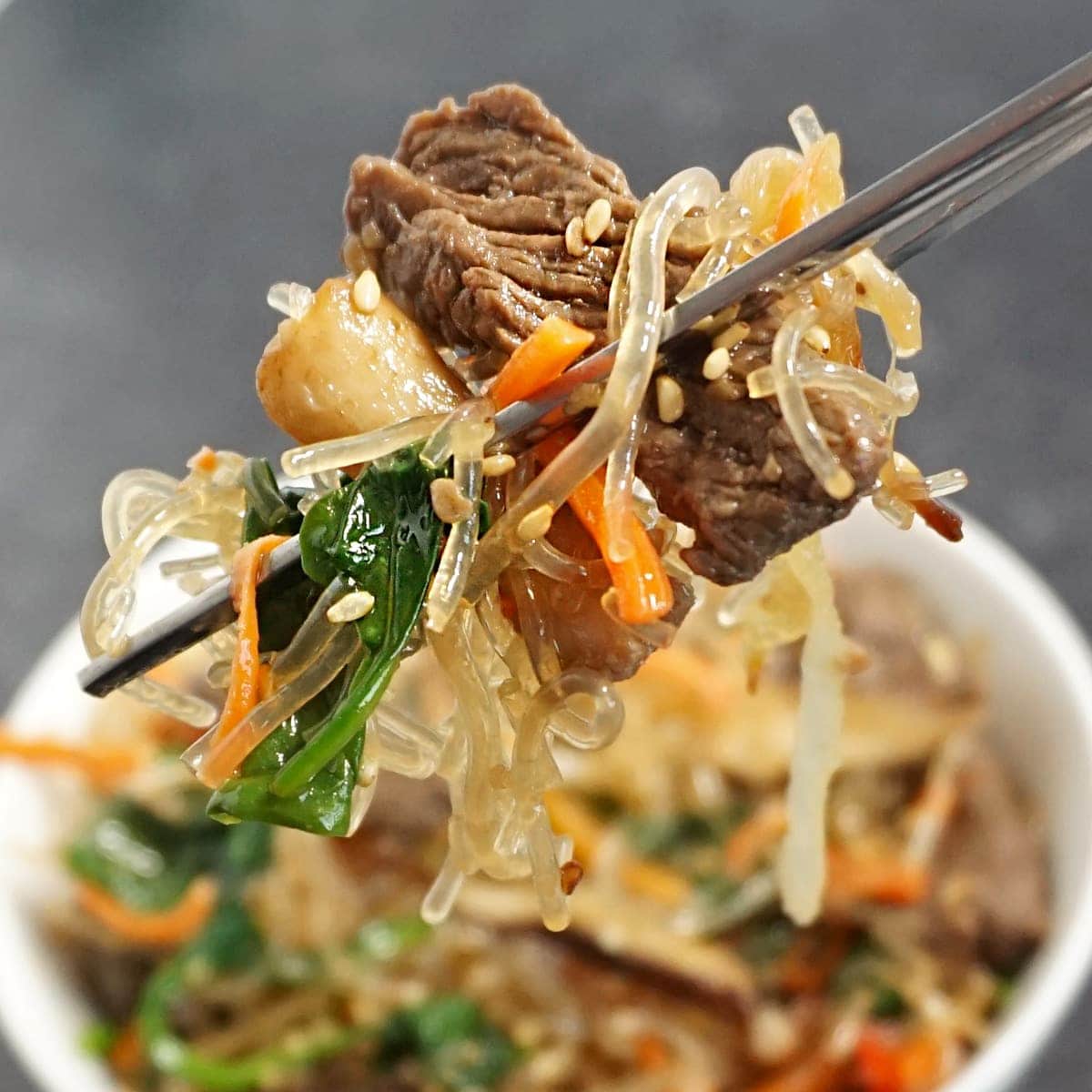
Tips & Tricks
- Make sure you take the time to marinate both the noodles and the beef. Especially the noodles. Without marinating the noodles in lemon juice, they will be hard and crunchy. See below for the full step-by-step instructions.
- Do you really need that much avocado oil? No, not really. But it's more keto friendly. If you are low carb but not keto, you can reduce the avocado oil by half.
- Switch up the veggies! I used veggies that are traditional for this dish, but you could certainly use other low-carb veggies instead. Here are some ideas: asparagus, kale, bok choy, edamame, shredded cabbage, shredded zucchini and bean sprouts. It is also not uncommon to add egg to the dish.
- Japchae typically has some sugar in it, just to give it a touch of sweetness. I decided to avoid sweeteners and sugars in this recipe to keep it more natural and low-carb, however you could certainly add a bit of sweetener if you wish.
- Japchae can be served hot or cold. It's a great meal to prep ahead of time and then eat as leftovers. It's one of those dishes that arguably tastes even better the next day.
- I usually get my kelp noodles at either Whole Foods Market or on Amazon. There are lots of brands to choose from, though my favorite is Sea Tangle Noodle Company.
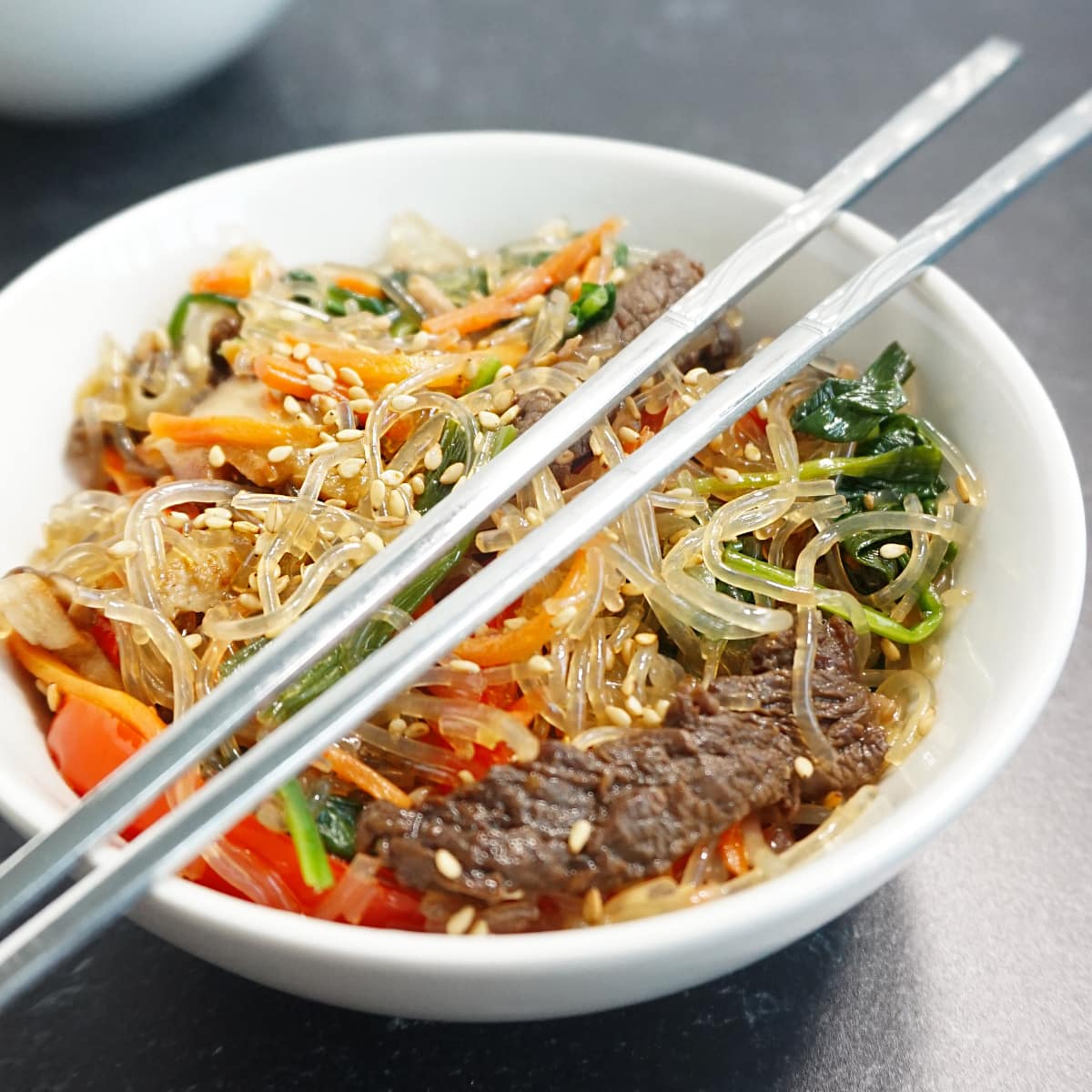
How to Make Kelp Noodles *SOFT*
Kelp noodles can be eaten raw, but they are crunchy. That's great for a topping on salads or inside a lettuce wrap, but not so great for noodle dishes like this one. But never fear, kelp noodles CAN get soft! Just follow these steps:
- Rinse well under running water.
- Combine 12 oz (340g) noodles with 2 tablespoons lemon juice and a pinch of salt. You could also add ½ teaspoon baking soda (it will bubble, that's normal) for extra softening, but the noodles will soften just fine without it. Mix well so that all noodles get coated, then let it sit and marinate for at least 10 minutes. Stir every few minutes to ensure all noodles get covered in juice.
- Once the noodles are soft, add them (including the lemon juice marinade) to 5 cups of boiling water and let simmer for 10 minutes.
- Drain and rinse. Your noodles are good to go!
You Might Also Like...
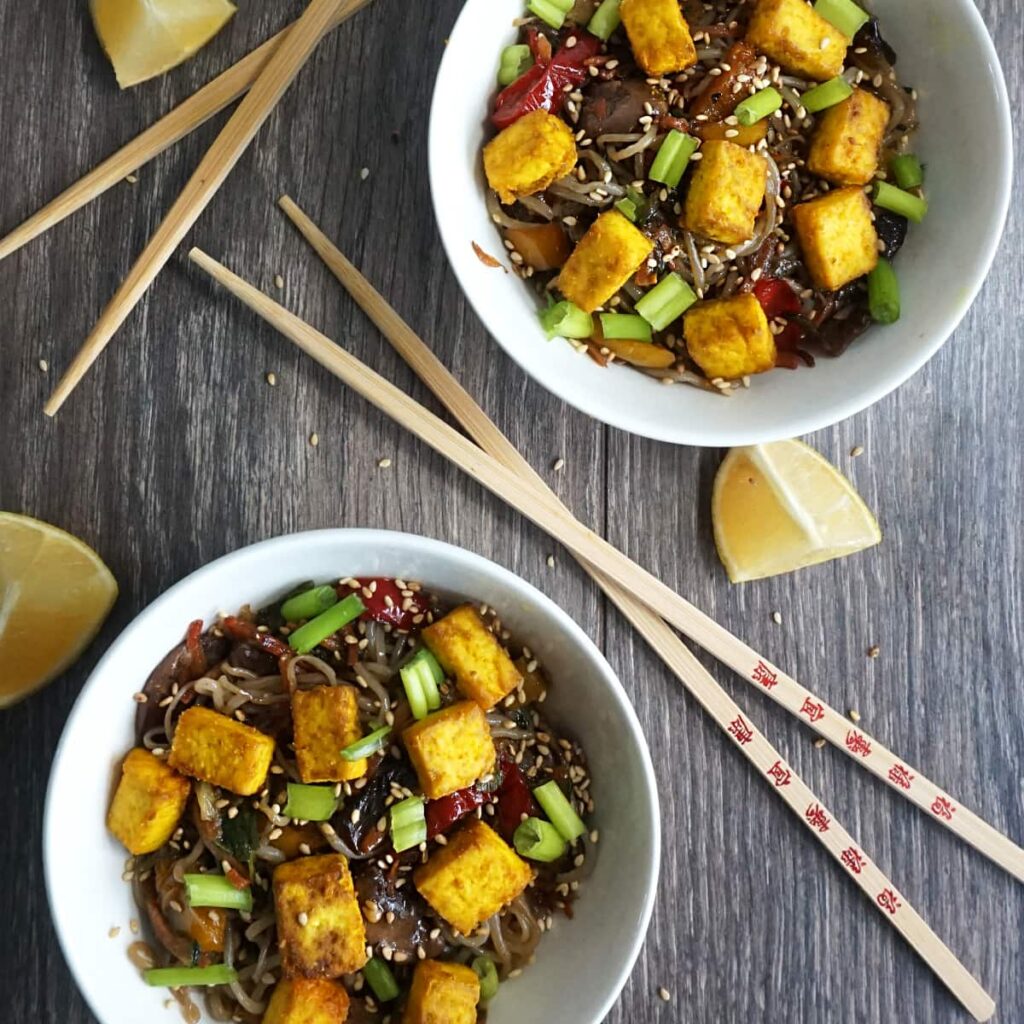
If you're looking for low-carb Asian noodle dishes, you might also be interested in this Keto Vegan Lo Mein with Turmeric Tofu. Using shirataki noodles (a.k.a. miracle noodles or zero noodles) and loaded with veggies, this warm bowl of noodles is both vegan and keto-friendly.
Alright, time to dig in to some japchae!
📖 Recipe
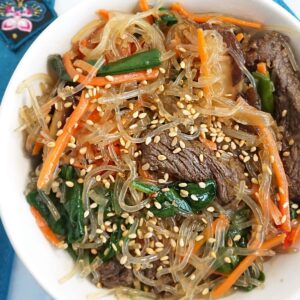
Low Carb Keto Japchae (Korean Glass Noodle Stir Fry)
Ingredients
Noodles
- 12 oz kelp noodles
- 2 tablespoon lemon juice
- 1 teaspoon salt
Beef Marinade
- 10 oz ribeye steak, sliced
- 2 tablespoon avocado oil
- 2 teaspoon minced garlic
- 2 tablespoon soy sauce or coconut aminos
- 2 teaspoon sesame oil
- ⅛ teaspoon black pepper
- ¼ teaspoon salt (may need less if using full-sodium soy sauce)
Veggies
- ¼ cup avocado oil
- ½ red bell pepper, thinly sliced
- ¼ onion, thinly sliced
- ¾ cup shiitake mushrooms, sliced
- ¾ cup shredded carrot
- ¼ cup green onion
- 2 cups baby spinach (2 handfuls )
- 1 tablespoon sesame seeds (for garnish)
Instructions
- Drain the noodles and rinse well under running water. Place them in a bowl with the lemon juice and salt, mixing to ensure all the noodles get coated in juice. Let them marinate and soften for at least 10 minutes, mixing them up every few minutes.
- Place the sliced beef in a bowl and add all the marinade ingredients. Mix to combine and ensure each beef slice is covered in marinade. Let it sit for at least 10 minutes.
- While the noodles and beef are marinating, wash and slice the veggies. Once the noodles are soft (if the noodles aren't soft yet, skip to the next step and come back to this later), boil 5 cups of water and then add the noodles (along with the lemon juice) to the pot. Boil the noodles for 8-10 minutes, then drain and set aside.
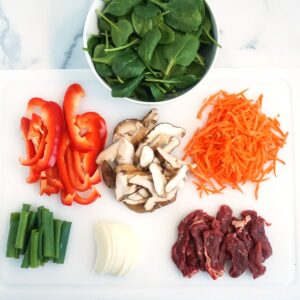
- Place the sliced bell pepper, mushrooms and onion in a medium skillet with the avocado oil. Sauté on medium heat for about 8 minutes, or until the veggies become soft and fragrant. Add the carrots, green onion and spinach, and continue to sauté, stirring frequently, for just a couple minutes until the spinach begins to wilt.
- Remove the veggies from the pan and put them in a bowl to the side. Return the pan to the burner. Add the beef (including the marinade), and cook for 7-10 minutes, stirring occasionally. The beef is done when the internal temperature reaches 145°F (63°C). Use a pair of tongs (or a fork) to remove the beef slices from the pan, but leave the juices behind.
- Pour the noodles into the pan with the beef sauce and stir to coat the noodles with the sauce. Add the veggies and beef back into the pan and stir.
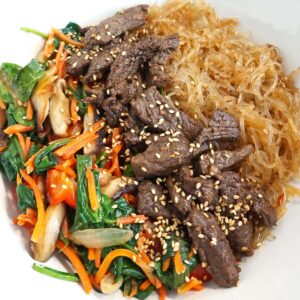
Notes
Nutrition
Nutrition information is estimated. Amounts may vary depending on the specific brand and/or type of ingredients you use. Sugar alcohols and other sweeteners that typically do not effect blood glucose levels, including but not limited to erythritol and allulose, are excluded from the carb count.


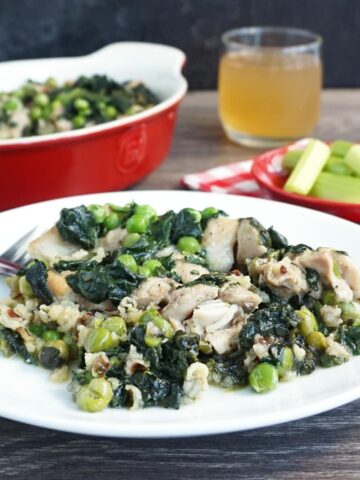
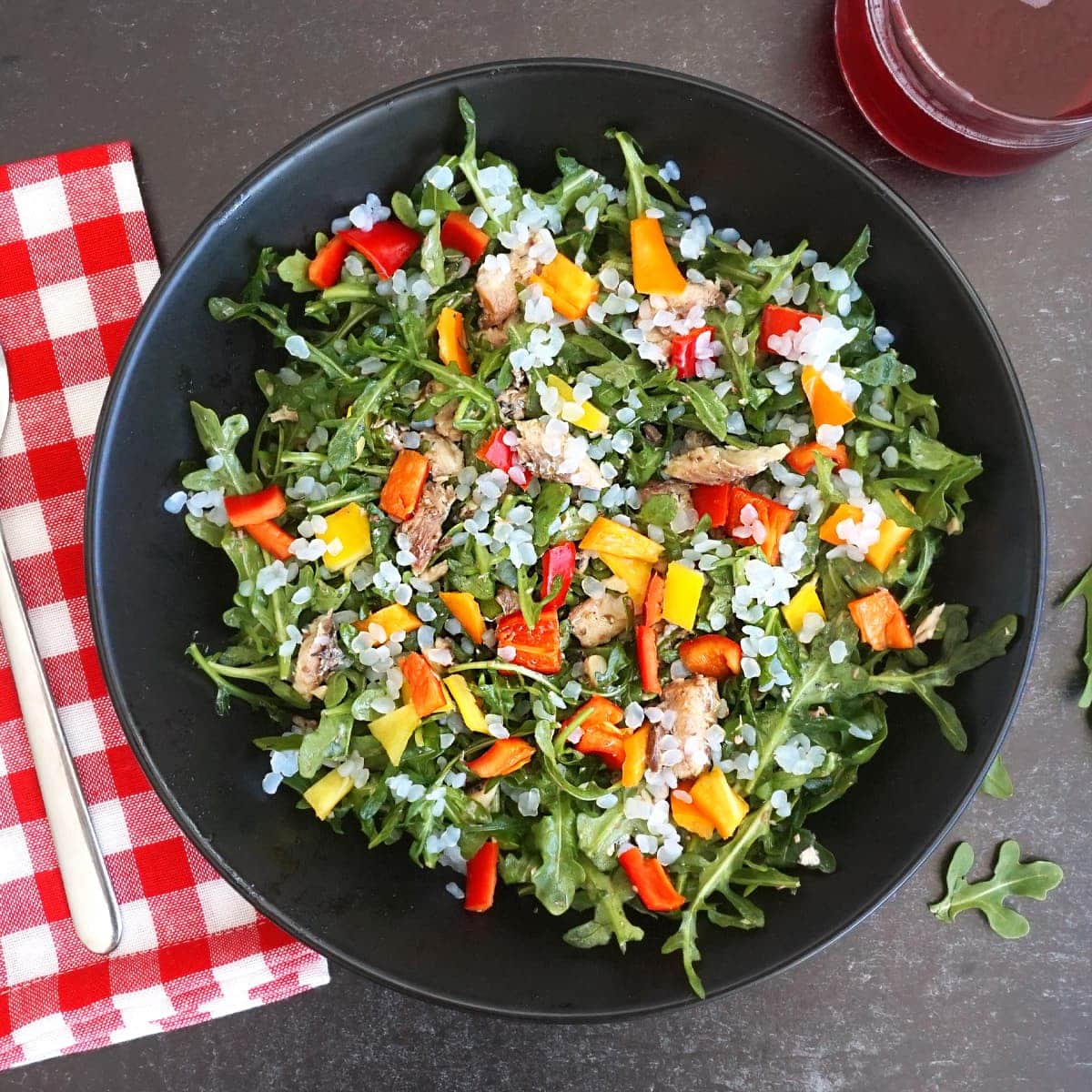
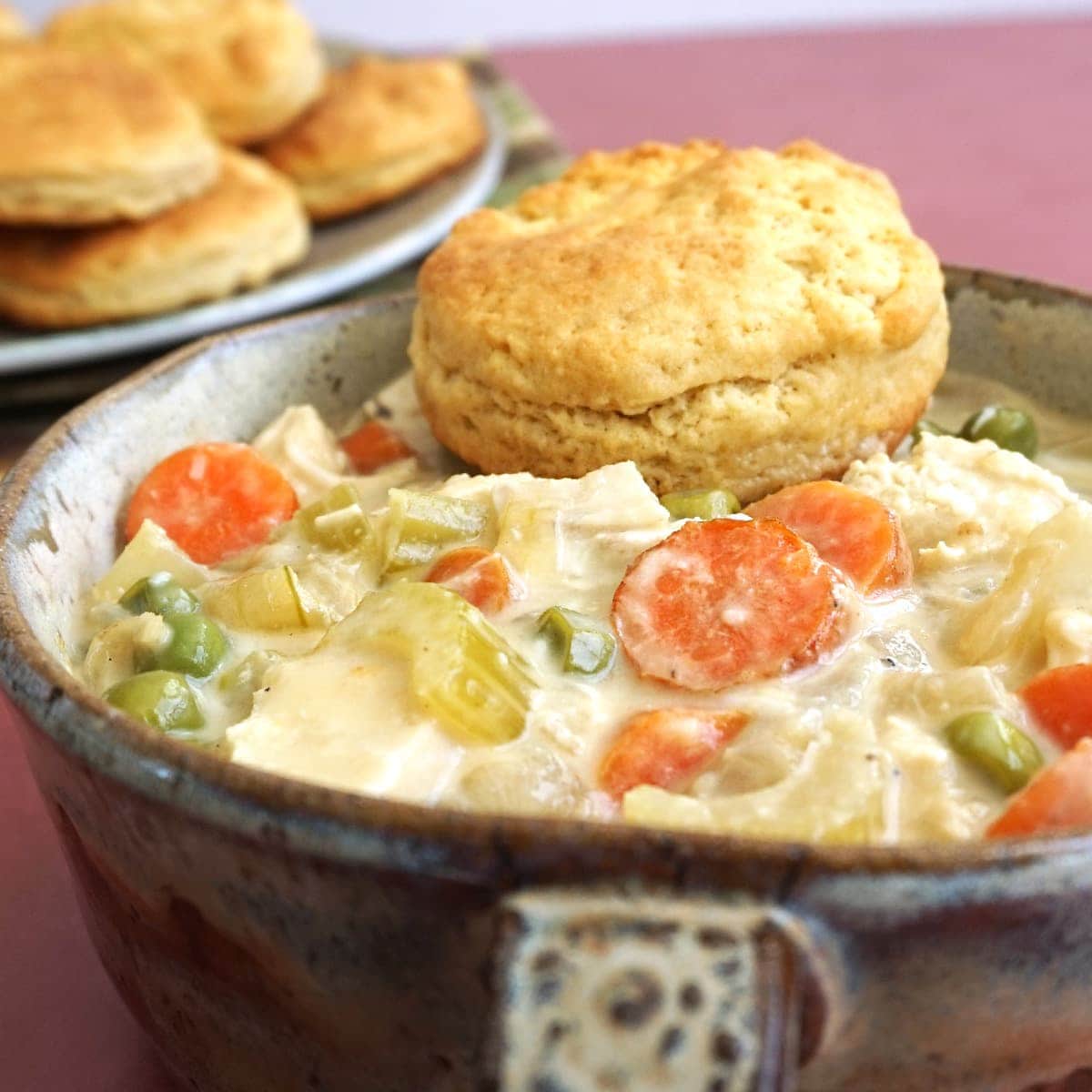
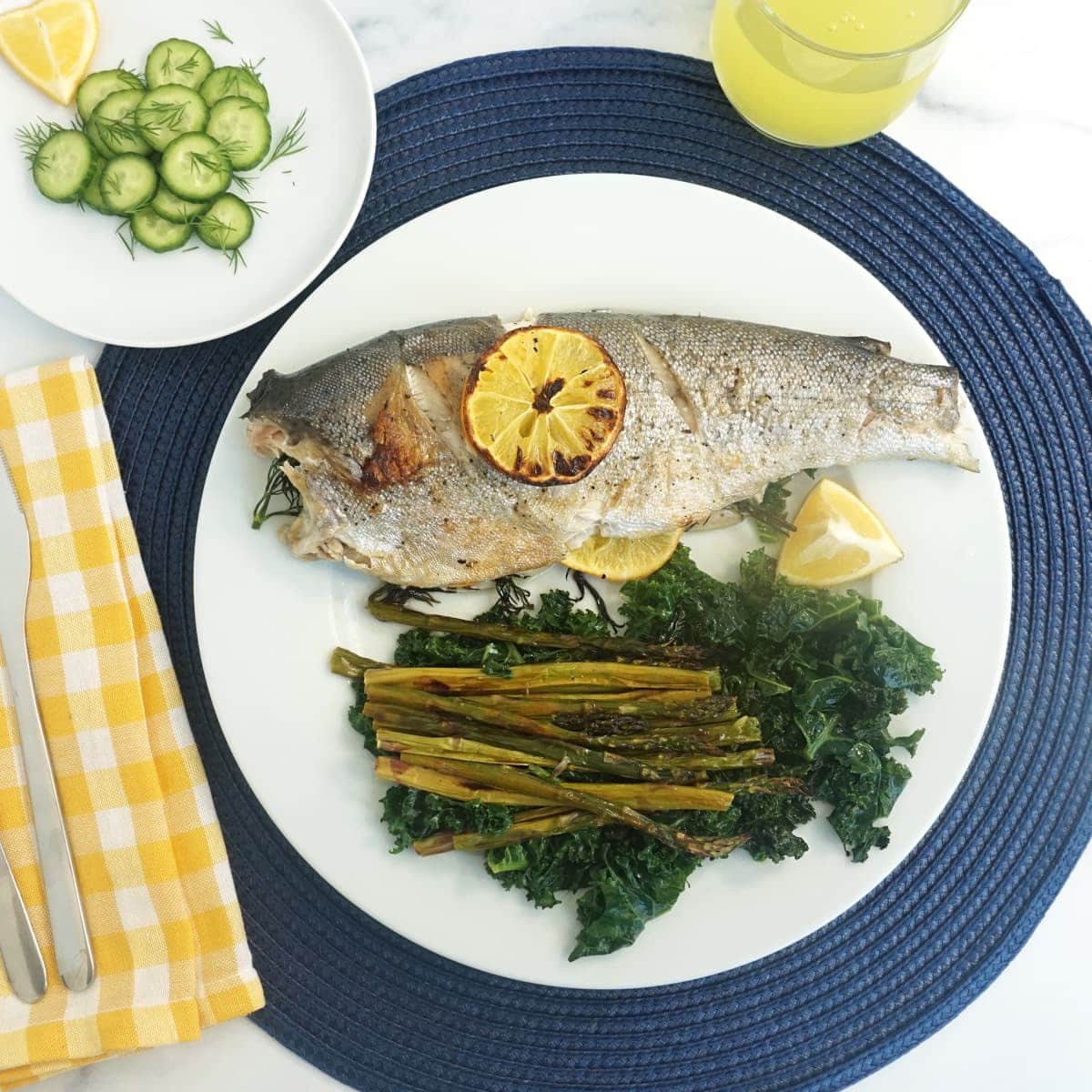
Rhuy
I used kelp noodles and it turned out great. The dish has a lot of flavour and everyone loved it! I also added shrimp 🙂
S
Great recipe, thanks for sharing! The kelp noodles were awesome and will definitely start being incorporated into my keto diet!
Kimi
Would using Mung Bean noodle work as keto or low carb?
Chelsea Blake
Hi Kimi. I've never used mung bean noodles but they sound interesting. Mung beans have a decent amount of fiber so they might work, but they won't be as low-carb as kelp noodles. Look at the nutritional information on the package to see what the net carbs are (total carbs minus fiber). You may be able to use them but because they have more net carbs than kelp noodles, you may have to use less noodles in the dish. Less noodles and more veggies. You could also use shirataki noodles (miracle noodles) but the texture isn't as good as the kelp noodles. If you do use the mung bean noodles, let us know how it works out!
AJ
Oh my goodness was this a winner in my home! My toddler and other non-keto family loved it. The treatment for the kelp noodles is a game changer. This is now in our permanent rotation! Thank you!
Esther Leng
I had this dish before at Korean BBQ (the closest one to me in Los Angeles offers a free buffet with side dishes). I had been craving for these flavors again and found your recipe on Google.
This was really good! I'd even go so far to say it tastes like a dish from a restaurant, which I very rarely find in dishes I cook at home. The only thing is, I substituted with kelp noodles and the texture was not as good as I had hoped.
Thank you for sharing!
Calvin
Awesome recipe. Tastes better than restaurant japchae! Thank so much for sharing. Will be making this on a regular basis to satisfy my japchae cravings!